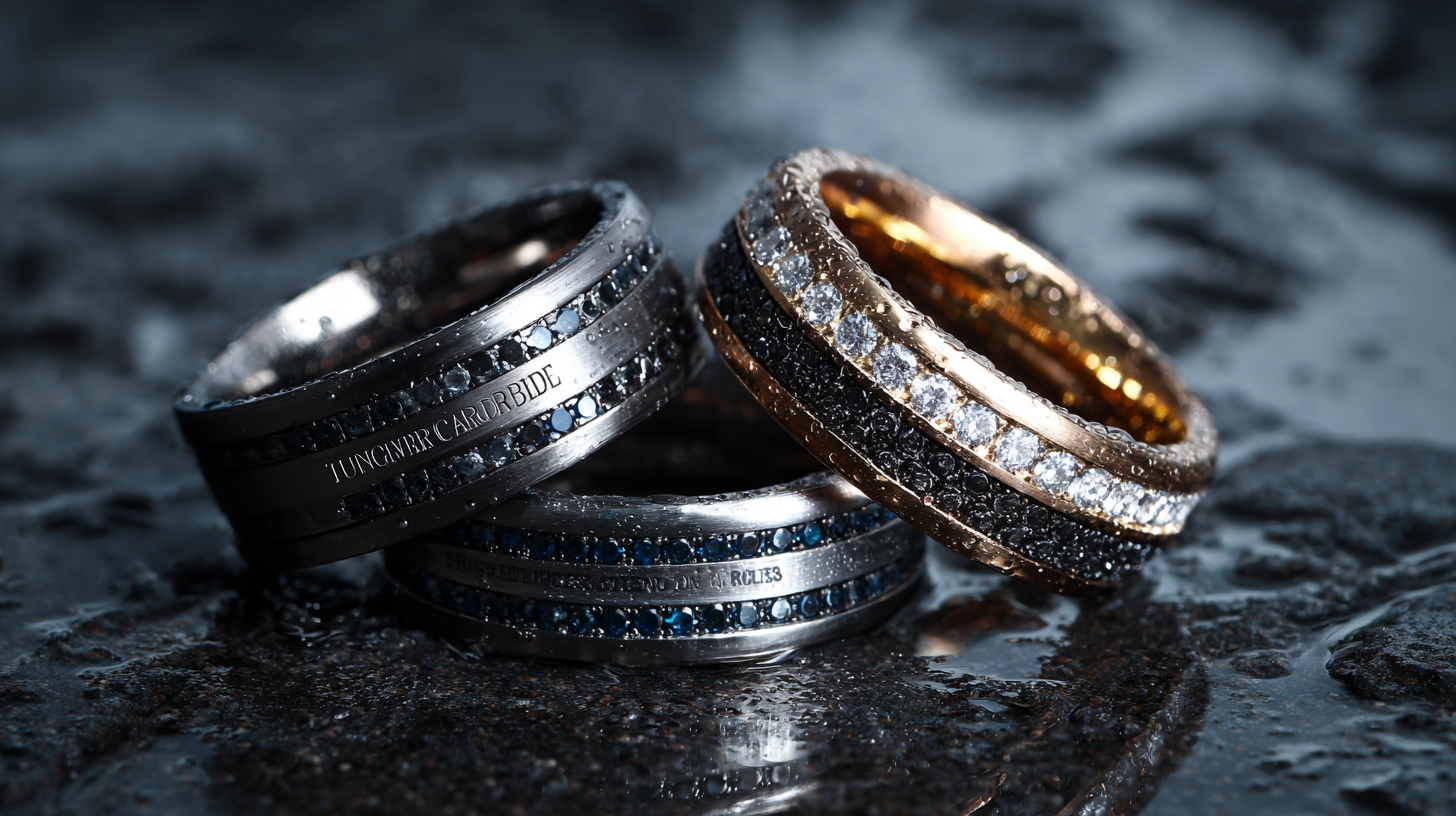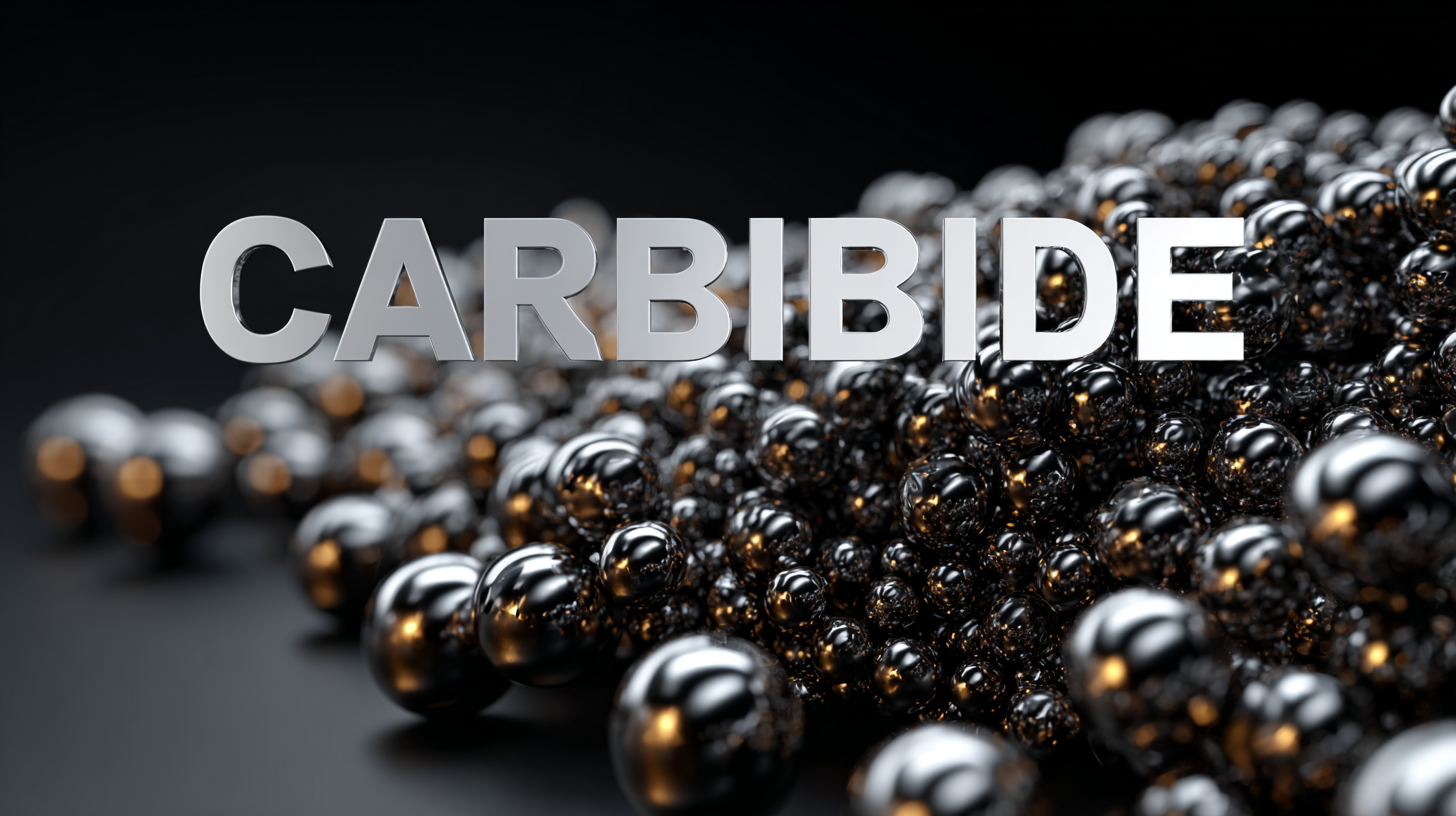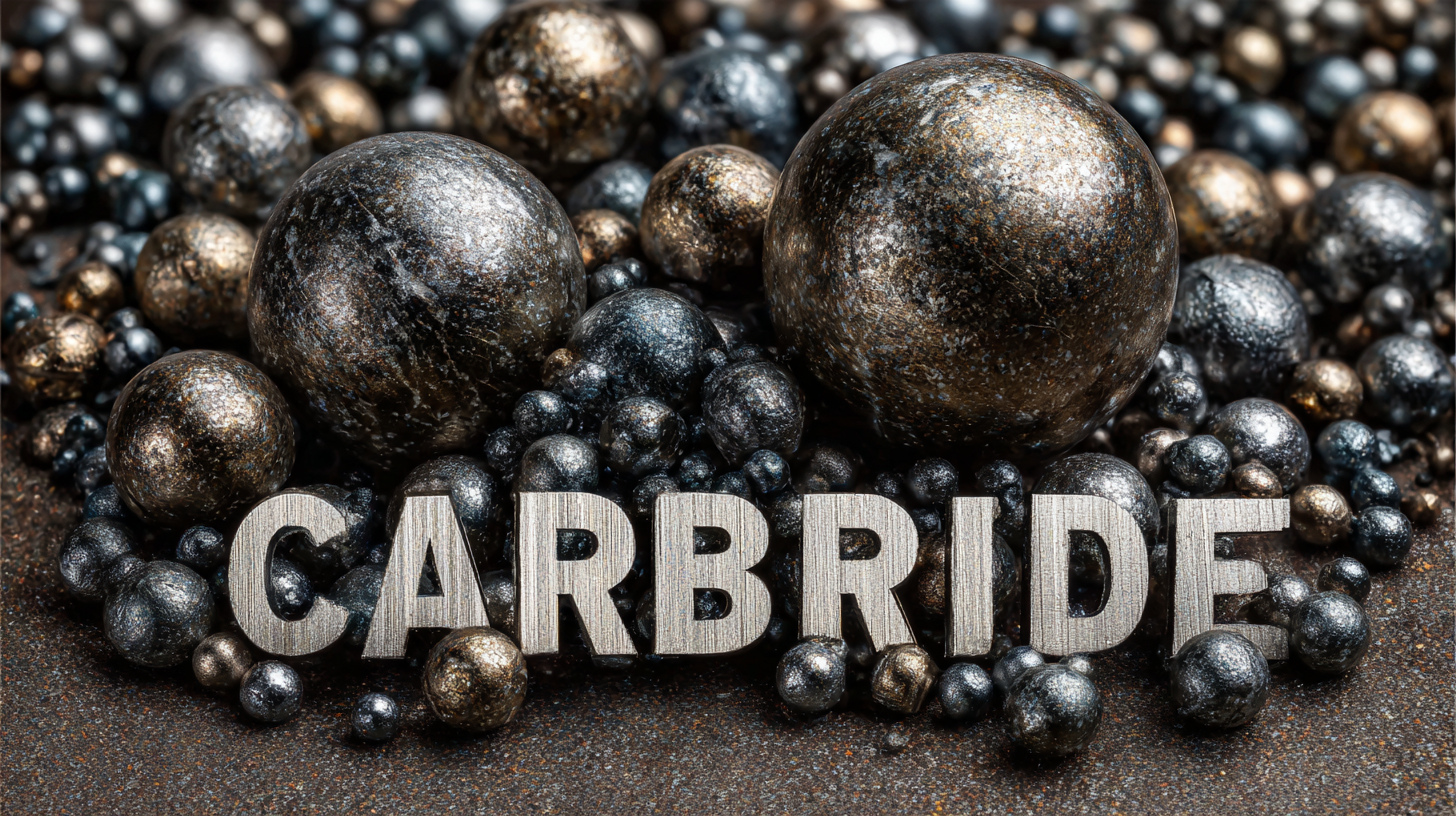Leave your message now to get your free sample and discount price
Leave your message now to get your free sample and discount price
In the pursuit of enhanced performance in various industrial applications, the choice of materials plays a pivotal role, with Tungsten Carbide often favored for its exceptional hardness and wear resistance. However, recent industry analyses have highlighted the potential benefits of exploring unique alternatives to Tungsten Carbide. According to a report by MarketsandMarkets, the global market for advanced materials is expected to reach USD 100 billion by 2026, driven by innovations and the demand for high-performance solutions. This blog delves into a comparative analysis of alternative materials, examining their properties and performance metrics against Tungsten Carbide, thereby providing insights for industries looking to optimize their material selection for improved efficiency, durability, and cost-effectiveness.

Tungsten carbide, known for its exceptional hardness and durability, has long been a staple in various industries, particularly in cutting tools and wear-resistant applications. Its remarkable strength allows it to withstand high temperatures and resist chipping, making it ideal for mining, metalworking, and even jewelry. However, the quest for enhanced performance has led to the exploration of alternatives that can offer similar or superior capabilities.
In recent years, innovative materials and composites have emerged as contenders to tungsten carbide. These alternatives often incorporate advanced ceramics or metallic compounds, which provide impressive wear resistance while reducing weight and cost. For instance, combinations of ceramic oxides such as Al2O3 and ZrO2 with tungsten carbide are being studied for their potential to combine the best properties of both materials, resulting in improved performance in specific applications. As industries continue to seek efficiency and longevity in their tools and components, the exploration of these unique alternatives could redefine performance standards in the market.
| Material | Key Properties | Common Applications | Benefits |
|---|---|---|---|
| Tungsten Carbide | High hardness, wear resistance, high melting point | Industrial cutting tools, mining, jewelry | Durability, long life, resistant to abrasion |
| Cermet | Good wear resistance, high toughness | Cutting tools, aerospace components | Improved toughness over ceramics |
| Ceramic Composites | Lightweight, corrosion resistance, high strength | Aerospace, military applications | High temperature resistance, lightweight |
| High-Speed Steel | Good toughness, hardness, and wear resistance | Machine tools, drills, milling cutters | Versatile applications, cost-effective |
| Diamond Coatings | Extreme hardness, low friction | Precision cutting, machining of hard materials | Enhanced performance, long tool life |
Tungsten carbide has long been the go-to material in various industrial applications for its hardness and resistance to wear. However, it is not without its limitations. For instance, while tungsten carbide excels in applications involving high levels of abrasion, it can be brittle under shock or impact. This characteristic can significantly hinder its performance in environments where sudden stress occurs, such as in mining or construction operations. Additionally, tungsten carbide's performance diminishes at elevated temperatures, making it unsuitable for applications that involve heat exposure, such as in the aerospace and automotive industries.
Another area where tungsten carbide falls short is its weight. Although its density contributes to its durability, this weight can be a disadvantage in applications where lightweight materials are essential. Industries such as lightweight machinery and sports equipment often seek alternatives that allow for greater agility and ease of handling without sacrificing performance. The quest for these alternatives has led to the exploration of innovative materials like ceramics, composites, and advanced polymers, which can offer enhanced flexibility, reduced weight, and improved thermal resistance, thus addressing the performance limitations associated with tungsten carbide.
When it comes to materials for high-performance applications, tungsten carbide has long been praised for its hardness and durability. However, ongoing advancements in materials science have led to the emergence of several unique alternatives that offer superior performance traits. Among these alternatives, ceramics such as silicon nitride stand out due to their impressive thermal stability and corrosion resistance. This makes them ideal for demanding environments where traditional materials might fail, providing longevity and reliability that can significantly reduce maintenance costs.
Another notable contender is cobalt chrome, which combines high strength with excellent wear resistance. Unlike tungsten carbide, cobalt chrome can be intricately machined and molded into complex shapes, making it particularly beneficial in industries where precision is key. Additionally, it offers a lightweight solution without sacrificing toughness, which is essential for applications in aerospace and medical devices. As we explore these alternative materials, it becomes clear that the future of high-performance engineering may lie in stepping away from tungsten carbide towards these innovative solutions that promise to enhance efficiency and performance across various sectors.

In the quest for enhanced performance in cutting tools, the comparison between tungsten carbide (WC) and niobium carbide (NbC) has garnered significant attention. Recent analyses highlight that NbC exhibits promising properties that could rival or even surpass WC when utilized for turning iron-based materials. With its higher melting point and superior wear resistance, NbC emerges as a formidable alternative, potentially offering extended tool life and improved cutting efficiency.
When considering alternatives to traditional materials, it's essential to evaluate the specific requirements of your applications. Tips for selecting the right material include examining the hardness and thermal stability, as these factors significantly influence tool performance. Furthermore, staying updated on innovative materials through industry reports could provide insights into emerging alternatives that deliver better results at competitive costs.
Another aspect to keep in mind is the environmental impact of the selected materials. As the industry moves towards more sustainable practices, assessing the lifecycle and recyclability of materials like NbC could provide additional benefits. Prioritizing eco-friendly materials not only meets regulatory demands but could also enhance your brand’s reputation in a market increasingly focused on sustainability.
When it comes to selecting materials for enhanced performance, particularly in demanding applications, understanding alternatives to traditional tungsten carbide is crucial. While tungsten carbide is lauded for its hardness and durability, exploring unique alternatives can provide significant advantages. Materials such as ceramics, cermets, and advanced composites often outperform tungsten carbide in specific scenarios, offering enhanced wear resistance, lower density, or superior corrosion resistance. Assessing the environment in which the material will be used can guide you toward the best alternative for your specific needs.
When searching for the right material, consider factors such as thermal stability, shock resistance, and overall material cost. Each application has its unique demands, and what works for one project may not be suitable for another. Conducting thorough testing and consulting with material science experts will ensure that you select a material that not only meets but exceeds performance expectations. Prioritizing efficiency in your selection process can also lead to cost savings in the long run, making it an investment worth considering again and again.

